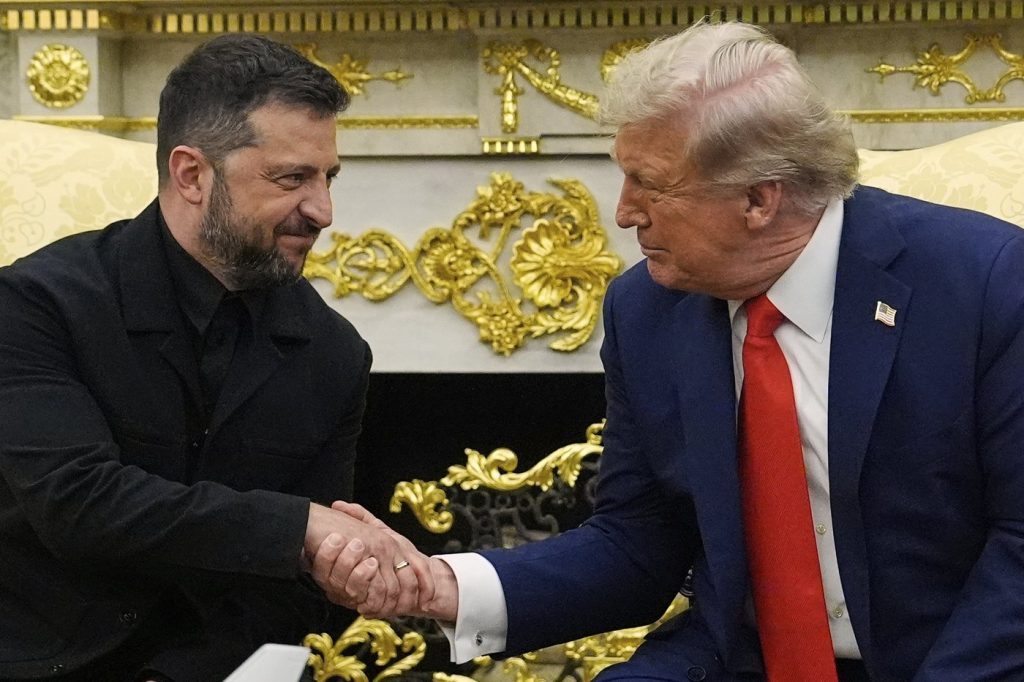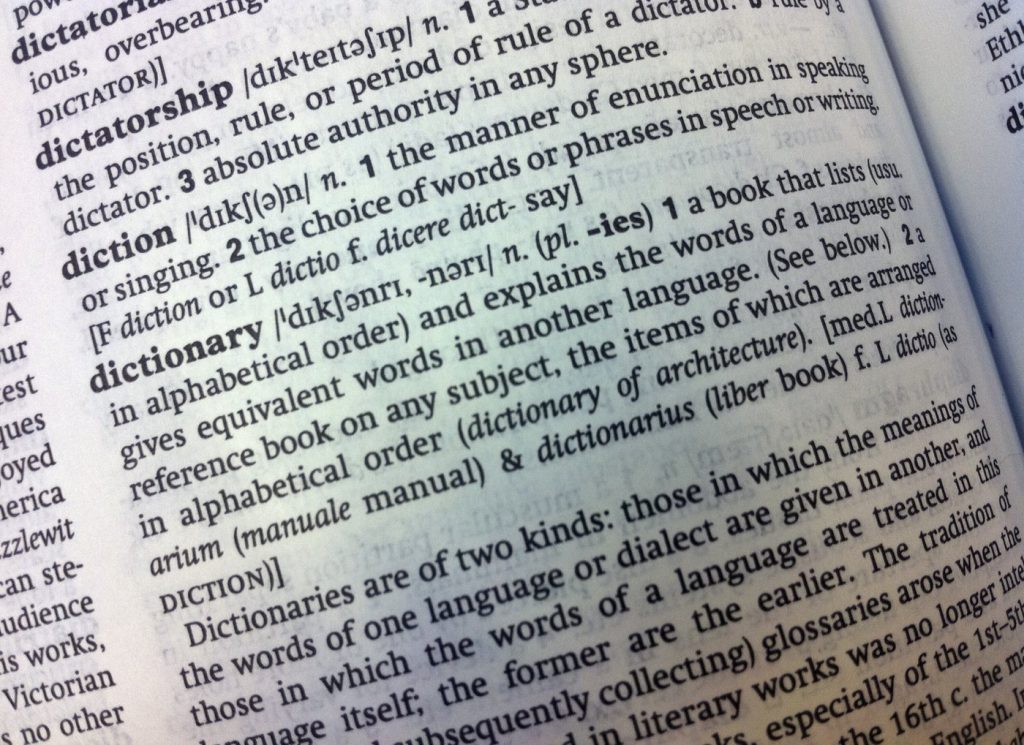On August 18, 2025, President Donald Trump announced that he has initiated arrangements for a face-to-face meeting between Russian President Vladimir Putin and Ukrainian President Volodymyr Zelenskyy to discuss a potential path to end Russia's ongoing invasion of Ukraine. This announcement came shortly after Trump’s phone conversation with Putin and his meetings with Zelenskyy and various European leaders aimed at negotiating a resolution to the brutal conflict, which has persisted for nearly four years.
In a social media post, Trump stated, “I called President Putin, and began the arrangements for a meeting, at a location to be determined, between President Putin and President Zelenskyy.” He elaborated that following this meeting, there would be a trilateral meeting involving himself, Putin, and Zelenskyy. Trump declared this as an early and promising step toward peace.
Despite the optimism, it remained unclear if Putin had fully committed to participating in such talks. Russian state news agency Tass reported that Putin’s foreign affairs adviser, Yuri Ushakov, mentioned that both leaders had expressed support for continuing direct discussions between Russian and Ukrainian delegates. The conversation also included the potential for elevating the negotiations between the two nations.
Earlier that day, Trump had briefed Zelenskyy and European leaders on topics for discussion, including a potential ceasefire and territorial disputes that have arisen due to Russian occupations in Ukraine. Trump had recently hosted a summit with Putin at a U.S. military base in Alaska, which raised concerns over his inclination to favor Putin’s demands regarding territorial concessions from Ukraine.
In the meetings held at the White House, which included key leaders from France, Britain, Germany, Italy, and Finland, Trump pledged to support European security guarantees for Ukraine. However, he refrained from promising the deployment of U.S. troops, suggesting instead a “NATO-like” security presence for Ukraine, with future discussions aimed at addressing the details alongside European Union leaders.
Russia’s Foreign Ministry promptly rejected the notion of a NATO peacekeeping force in Ukraine, warning that such an idea could lead to further escalation and unpredictable consequences. This meeting between Trump and Zelenskyy differed significantly from their previous encounter in February, which had spiraled into a confrontation over perceived ingratitude for U.S. military assistance.
During Monday's meeting, Zelenskyy brought a letter from his wife, Olena Zelenska, for Trump’s wife, Melania. Zelenskyy has opted for a more formal appearance compared to his previous visit, signaling solidarity with the Ukrainian military amid ongoing warfare. Following meetings, European leaders expressed their delight at Trump’s initiative toward peace while pushing for a ceasefire agreement with Russia.
Trump suggested that a temporary ceasefire could be within reach and emphasized that a broader, long-term peace agreement was “very attainable.” German Chancellor Friedrich Merz and French President Emmanuel Macron both encouraged him to advocate for an immediate ceasefire in the upcoming trilateral discussions.
Despite these positive dynamics, concrete details regarding the United States’ involvement in security guarantees for Ukraine remained vague. Nonetheless, NATO Secretary-General Mark Rutte described Trump’s assurance of support as “a big step” and a significant breakthrough in negotiations, highlighting the urgency for a strong Ukrainian military, which Zelenskyy outlined as a necessary component for national security.
As the meeting concluded, Trump articulated that the onus now lies on Zelenskyy to agree to territorial concessions, reflecting a surprising shift towards a position that aligns with Putin’s interests. Trump expressed the hope that in a week or two, clarity would emerge regarding the potential for an end to the fighting.
The discussions on security and territorial integrity continue amidst varying perspectives, with European leaders advocating fiercely for Ukraine’s interests and stability throughout the region.












